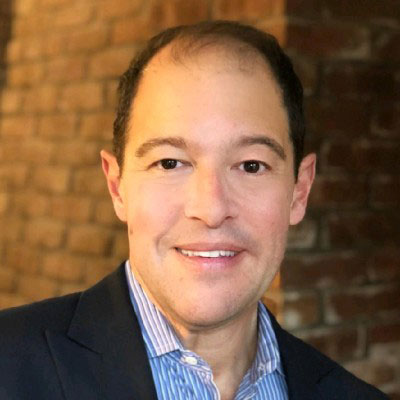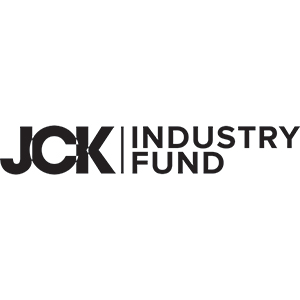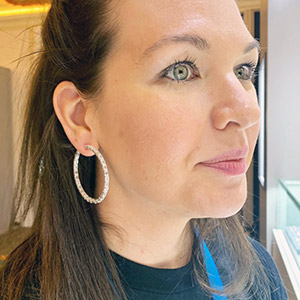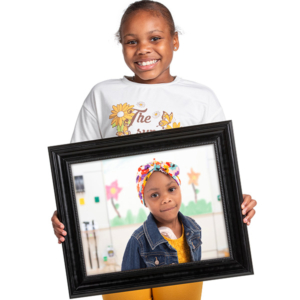
Some people are born with a silver spoon in their mouth. Avi Levy was born with a diamond. The son of a diamantaire who had an office on New York’s 47th Street, Levy, now the North America president for the International Gemological Institute (IGI), began his career in the diamond trade the old-fashioned way: Dad called in a favor.

“He got me a job working retail on 47th Street,” Levy tells JCK. “This was 1986. The energy, the people, the back and forth, the negotiation, the transactions. I’d go to my dad’s office, hear the yelling, the negotiating. I was in love with the business before I even knew it.”
Levy’s love affair with diamonds took him to Belgium to buy rough, Israel to learn the ins and outs of the trade from his cousins, and, eventually, to India, as a diamond jewelry manufacturer producing jewels for the majors. In 2019, Levy joined IGI, succeeding its longtime chief executive, Jerry Ehrenwald, who left the company to start a lab-grown diamond exchange.
At the time, the lab-grown category represented about 15% of IGI’s business, Levy tells JCK. Not quite three years later, that figure is closer to 30%. And growing.
Levy spoke to JCK about the growth of the lab-grown diamond market, when he realized it would be a game changer for the industry, and why he thinks the surge in interest in lab-grown gems has been good for mined diamonds.
“I’m an industry guy,” he says. “I grew up in it. I’m a fan of whatever helps our industry grow.”
The interview has been edited for length and clarity.
Before you joined IGI, what was your impression of the lab-grown market?
I saw it as a game changer and a wake-up call for the industry. I sold natural diamonds, but the creativity part of the industry was waning. We were getting complacent. Retailers became more price conscious with Indian competition. They didn’t attract new people into the industry. We were kind of floating, if you ask me.
Lab-grown came in and shook things up. It was dynamic. But the biggest thing was price. Before, it was too expensive. I saw it as a game changer because it gave the consumer another option to buy a different type of diamond jewelry, but I knew there was a long road ahead. And also that we’d need to teach everybody what it is, why it is, and what the benefits are for the consumer.
When did you notice the tide turning in favor of lab-grown?
Probably 2017. A good friend who bought from India went the other way: He stopped natural and only did lab-grown. Actually two companies did that. One was selling small sizes—they were major traders for natural and literally stopped one day and started doing lab-grown the next. We had a lot of questions because the price was too expensive. But in terms of a value proposition, it was amazing.
What changes have you seen on the lab-grown side since you joined IGI in 2019?
So many. The technology is improving. You’ve got a base of growers who are interested in furthering the technology. They’re look at how to grow better, cleaner, larger, and how to grow consistent. A lot of guys want to rush to market, get their product out. But that means stopping the growth process a few days earlier, which affects the quality or color.
I see customization coming in: “I want 100 stones of a certain size and color”—and some companies have capacities to do that. We’ve seen crosses come from a single diamond crystal. Another manufacturer did a pink cross. I’ve got a blue hamsa hand that he did and a cannabis leaf. People are thinking—what else can I do? It goes back to the creativity. The lab-grown companies have motivated the industry to reawaken, to energize. My experience gives me more of a view to see the market. And it’s growing in all price points.
How do you see the two markets—natural and lab-grown—coexisting in the future?
Lab-grown has done its job. Natural is on fire. Not just the pricing, but the desire and want for natural diamonds is growing. We see it as a lab, in the units coming through. Retailers and manufacturers are coming up with new programs and ideas. I say to people, We’re still in the third or fourth inning. When we started with lab-grown, we were like babies. Today we’re sweet 16. We still have a long way to go.
Top: Hoop earrings in white gold with 1.5 cts. t.w. lab-grown diamonds, $2,240; Noémie
Follow JCK on Instagram: @jckmagazineFollow JCK on Twitter: @jckmagazine
Follow JCK on Facebook: @jckmagazine








